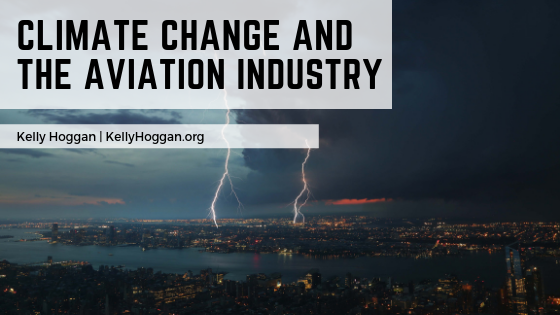Most travelers board airplanes with hopes of a smooth, safe flight to their destination. Recently, airlines have been noticing a rise in the occurrence of severe turbulence during flights, and many are attributing this rise in part to climate change. Turbulence, which can be a reaction to several circumstances including thunderstorms, change in airflow or wind speed, and jet streams, typically are felt by passengers and crew as rocking or a shaking movement of the aircraft. Generally, turbulence is not something to cause alarm and usually surpasses after a few moments. However, in the past few years, pilots and flight attendants alike have noted the severity and overall danger caused by extreme turbulence. There have been reports of all passengers vomiting during flight, several hospitalizations, and even a flight attendants arm being broken after fierce turbulence.
Turbulence may be occurring more frequently as a result of climate change. Disruptions to jet streams and wind shears will be present as the rising CO2 levels continue to affect the atmosphere. What is even more worrisome is Clear Air Turbulence, also known as CAT, which goes unseen to pilots and technology during flight. Research suggests that CAT is expected to double in a few decades, therefore increasing the odds of severe turbulence. Turbulence not only poses a threat to the security of the aviation industry, but also the economy. An estimated $200 million in damage from turbulence occurs yearly to aircraft, causing costs of flights to rise.
As the industry feels the effects of climate change, it has also been subject to scrutiny over its carbon footprint. Protesters have taken a stance, encouraging travelers to boycott air travel due to the amount of carbon emissions released during flight. To combat this, the International Civil Aviation Industry, or ICAO, aligned a resolution to the Paris climate accords in 2016. Additionally, many are depending on advancements in technology to develop planes with updated engines and modifications that are less polluting to the environment. Just recently, United Airlines celebrated World Environment Day by unveiling its new eco-friendly commercial flight aircraft. As part of their pledge to reduce their carbon footprint 50 percent by 2050, the airliner is combining the use of biofuel with operational efficiencies and zero cabin waste efforts to aid in offsetting their carbon footprint, expecting to reduce their CO2 emissions by 21 million tonnes, yearly.


